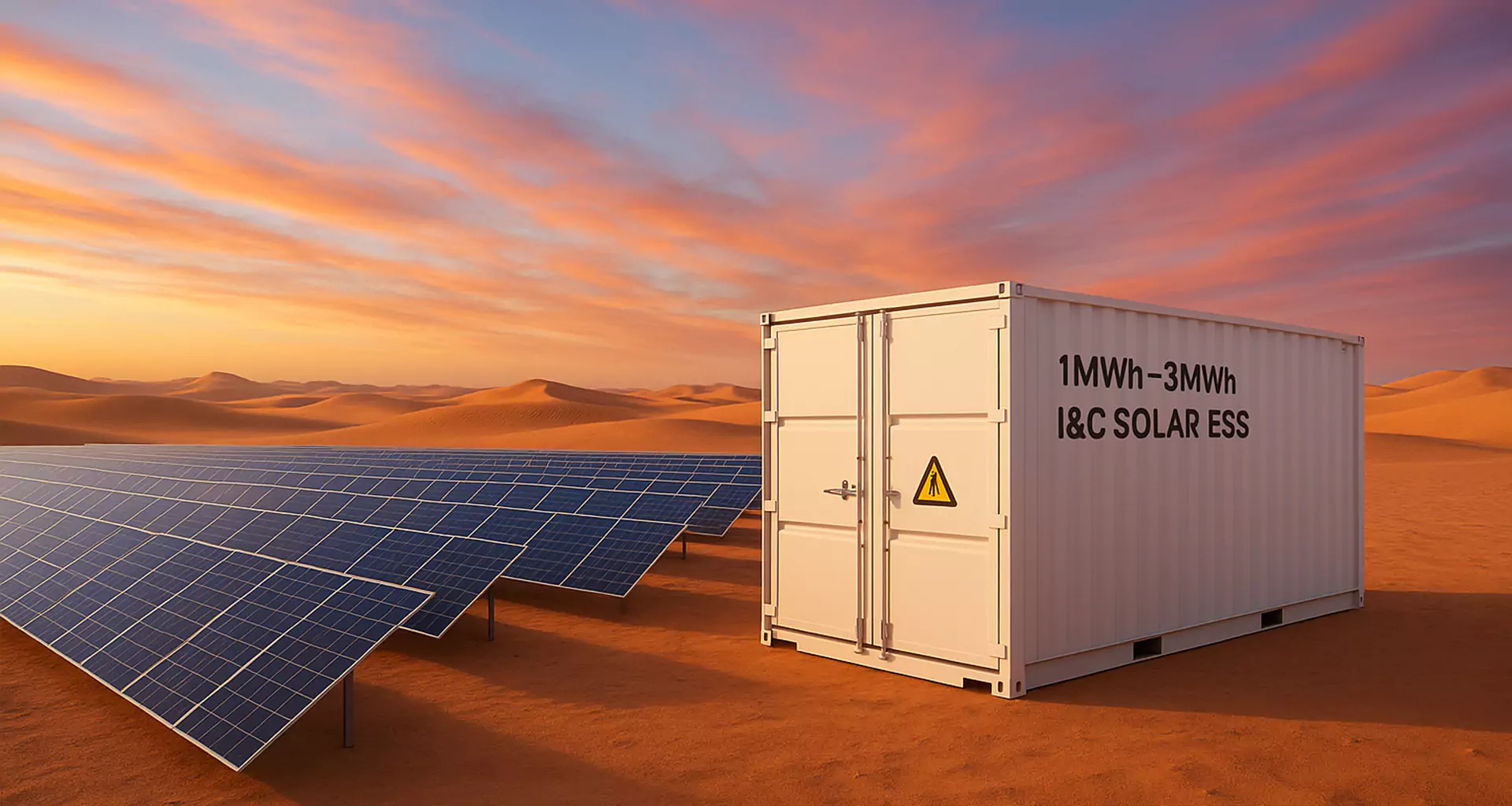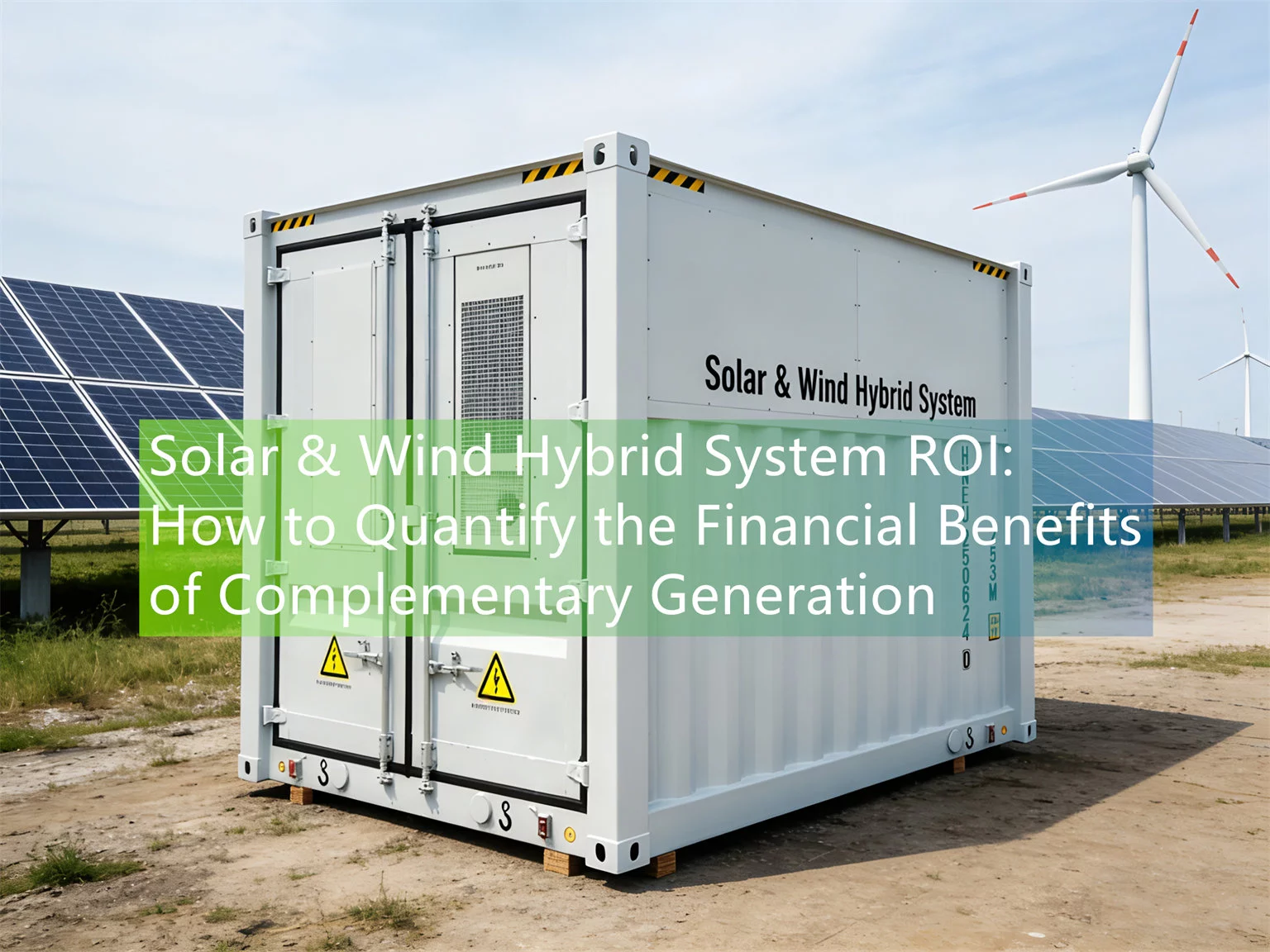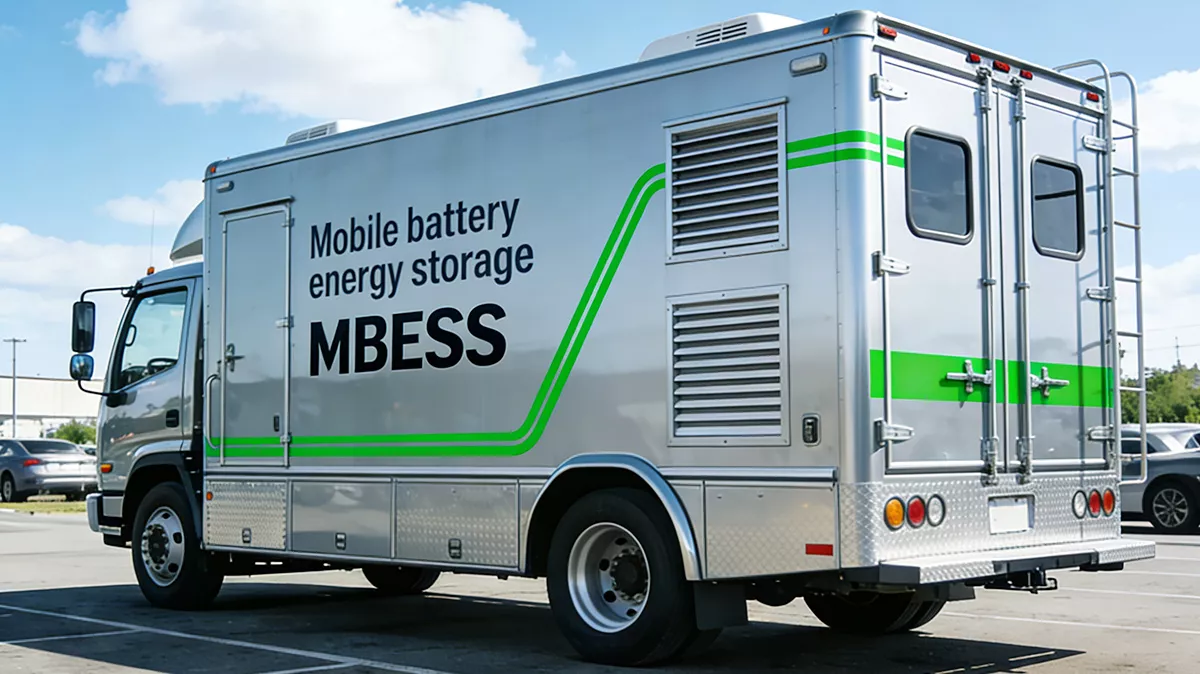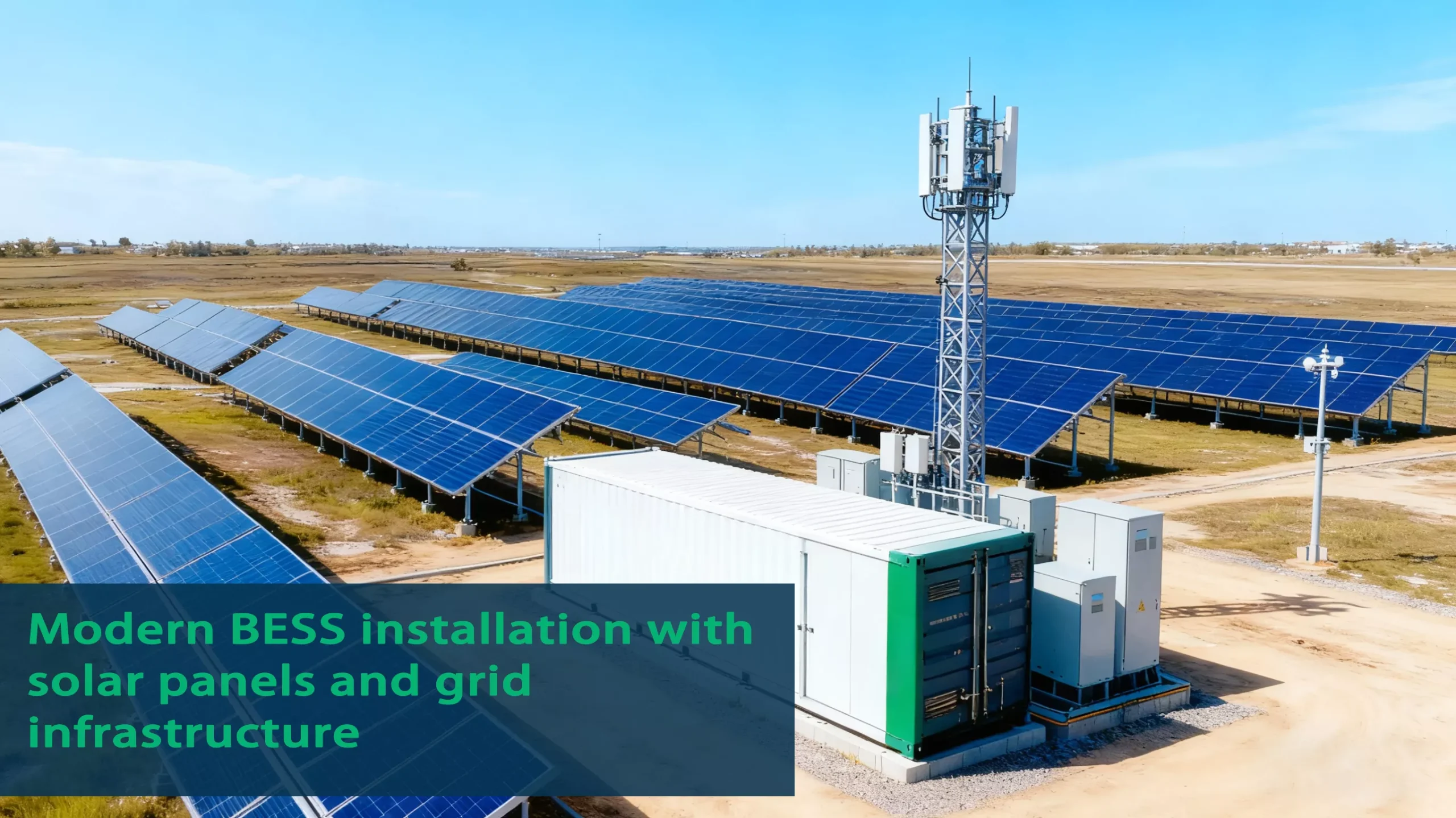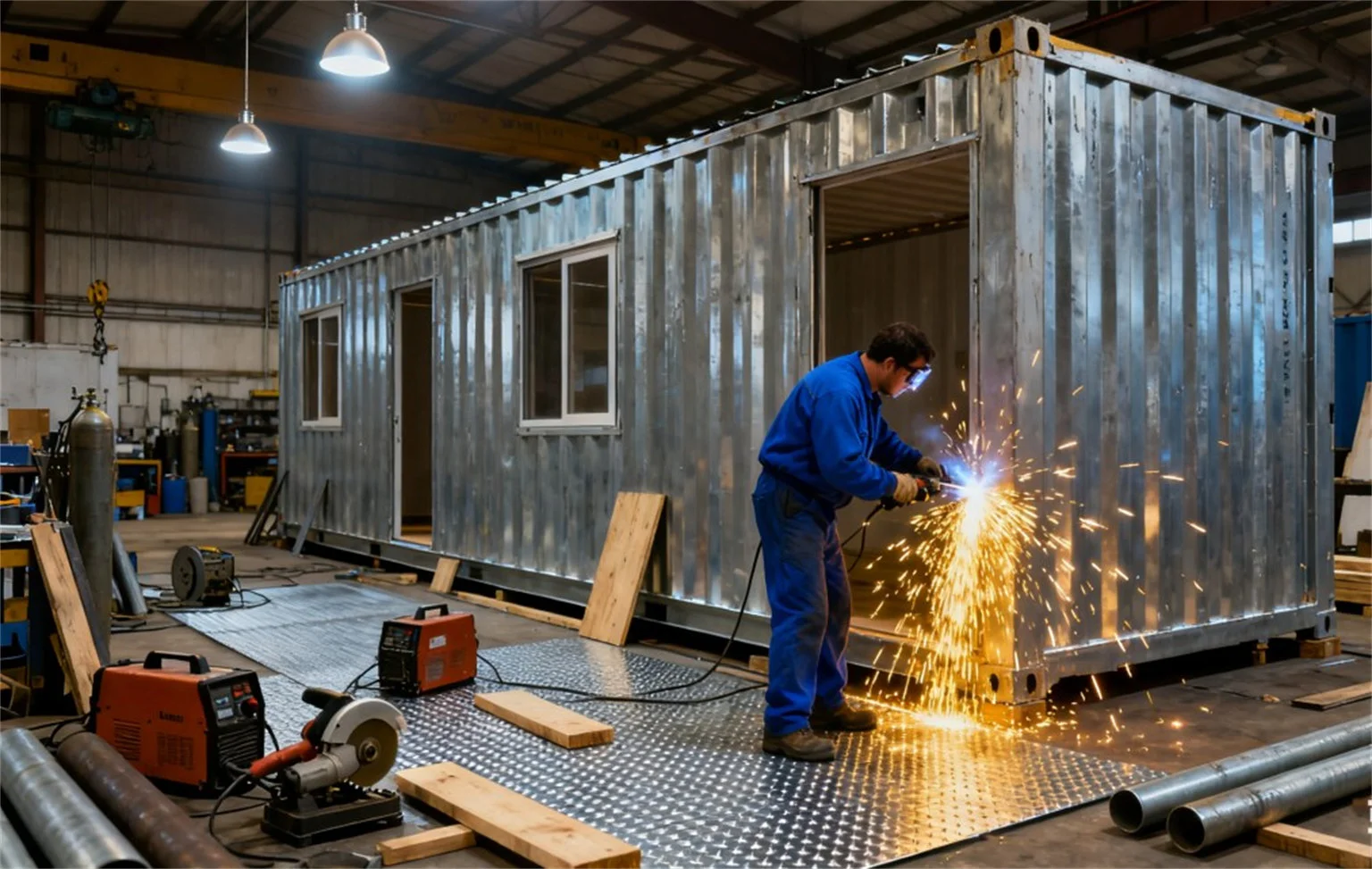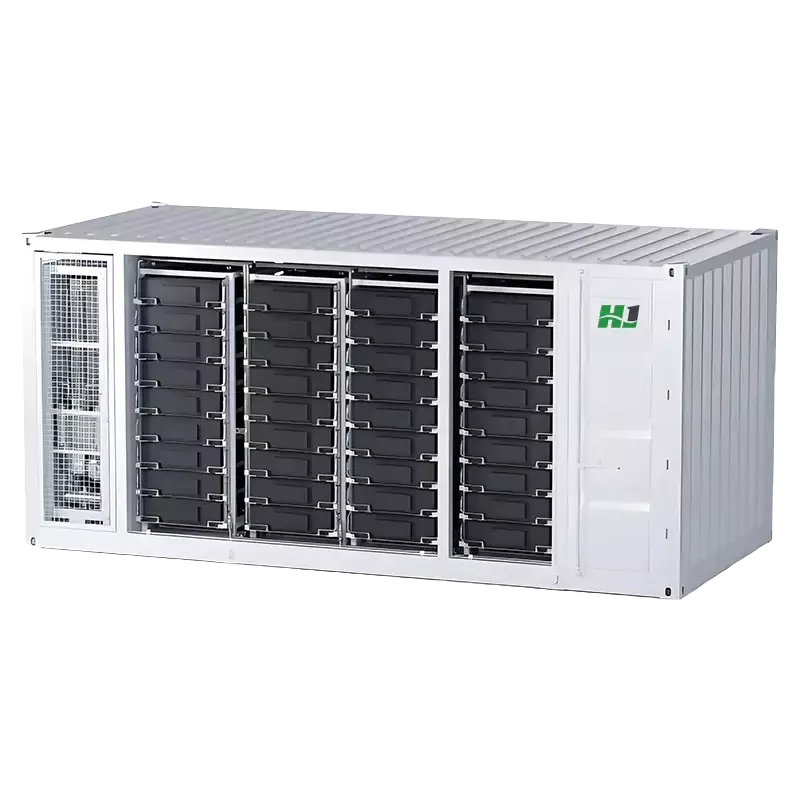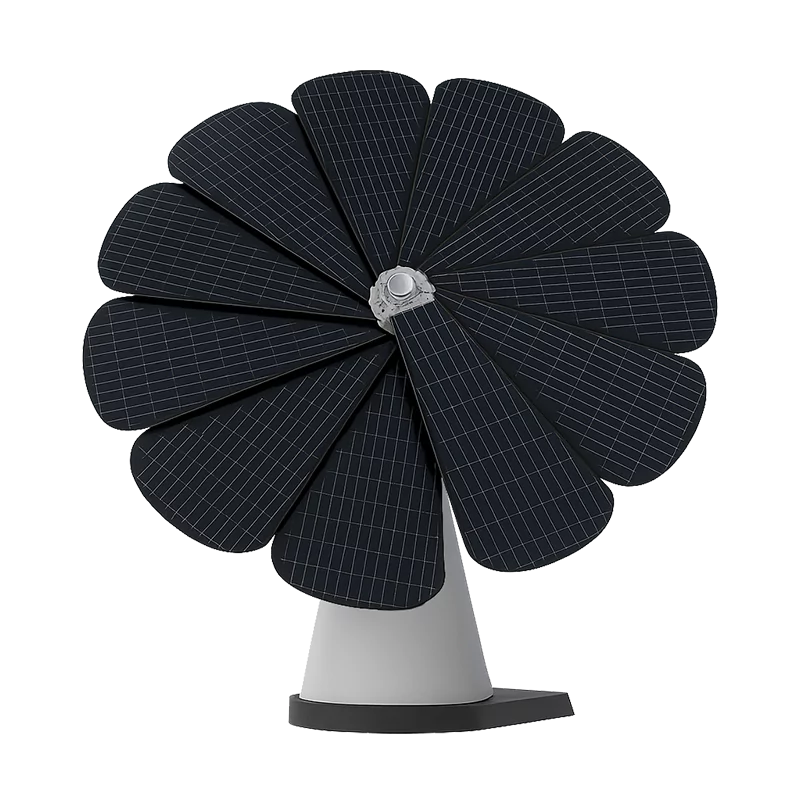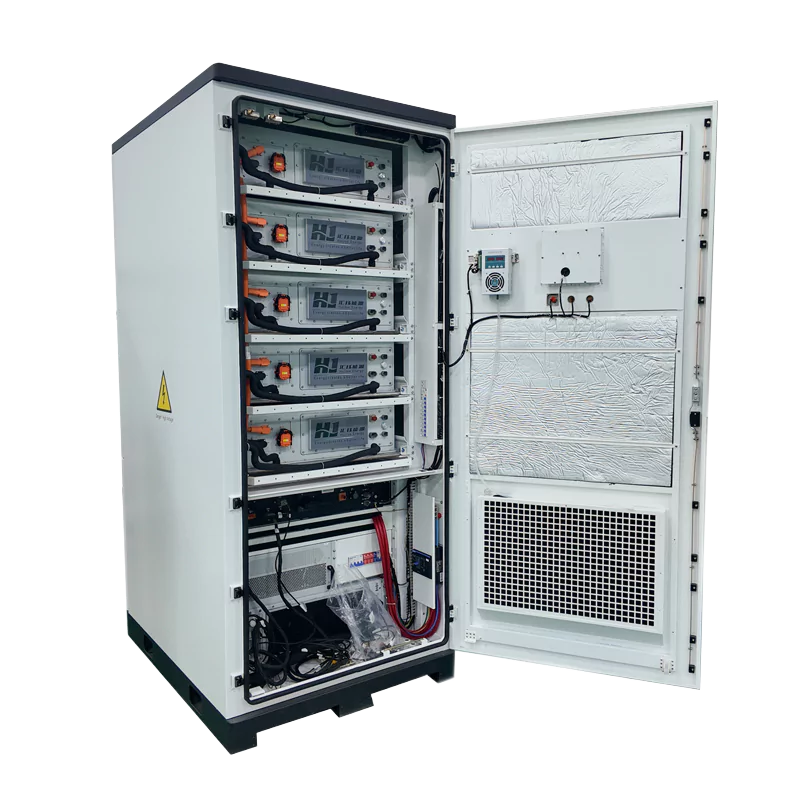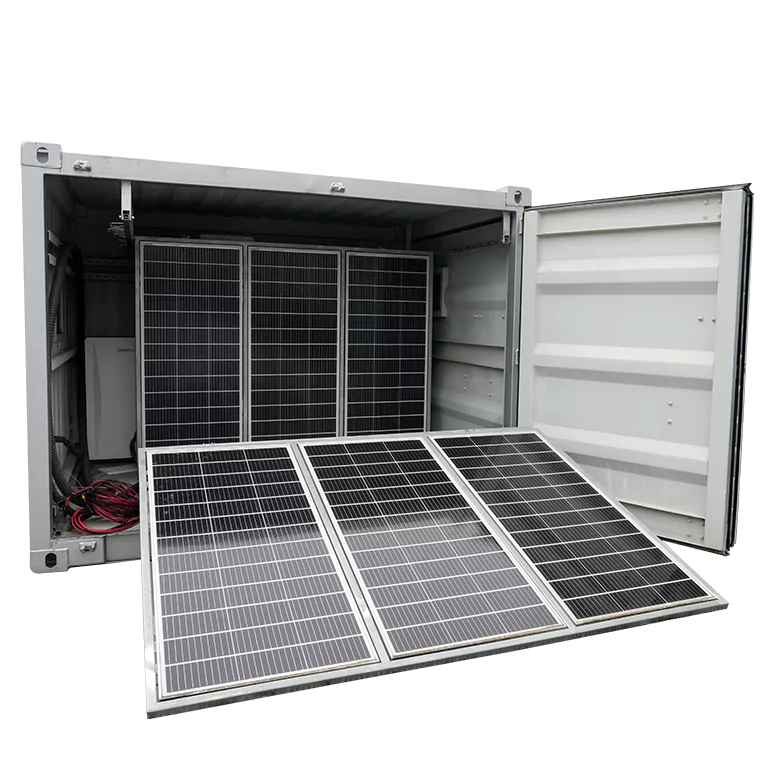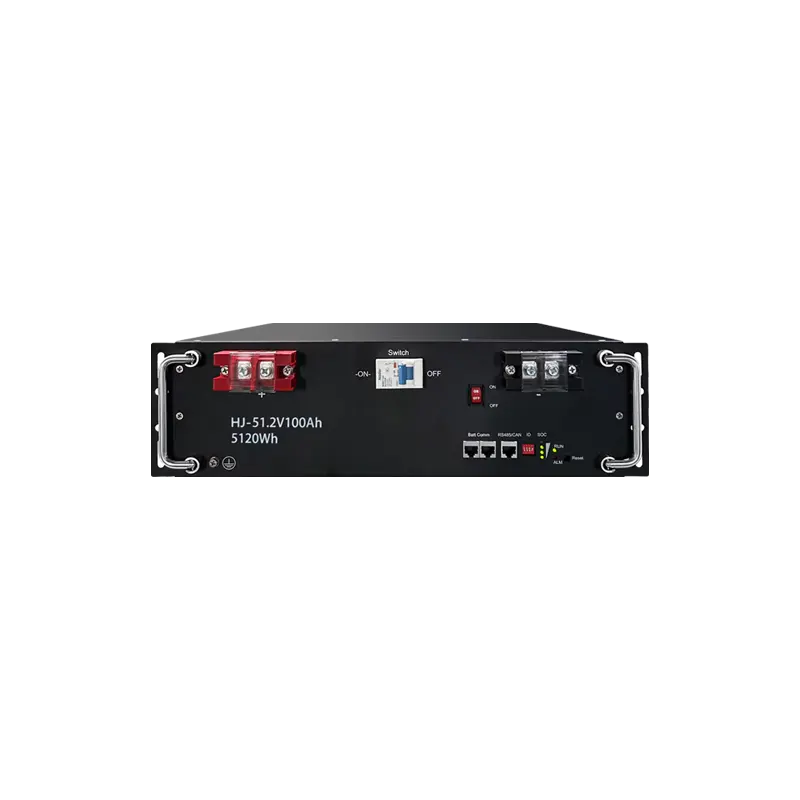Off-grid BTS Hybrid Power Cost: 2025 Industry Insights
Introduction
Telecom operators are under pressure to expand coverage in regions where access to the central grid is limited or unstable. In such areas, off-grid BTS hybrid power systems—which combine solar, battery storage, and backup diesel—are increasingly considered the most practical solution. Understanding the cost structure, technical parameters, and long-term benefits of these systems is essential for operators evaluating investment in 2025.
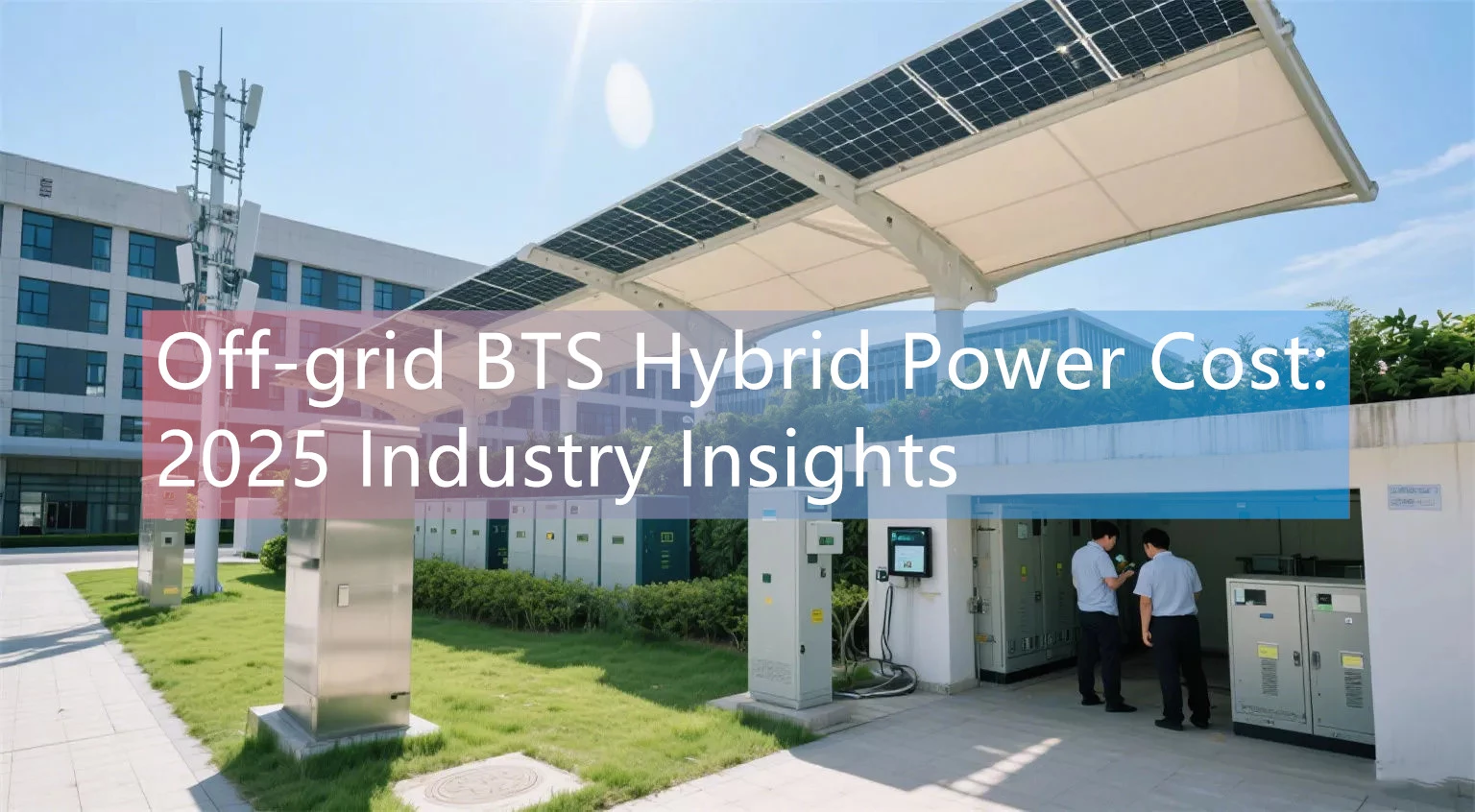
1. Cost Structure of Off-grid BTS Hybrid Power
The cost of off-grid BTS hybrid power depends on several variables:
- System configuration: The share of solar PV, battery capacity, and diesel backup.
- Load requirements: A standard single BTS site may need between 5 kW and 30 kW of continuous power.
- Battery choice: Lithium iron phosphate (LFP) batteries, with a cycle life of 6,000+ cycles, are increasingly preferred.
- Deployment conditions: Remote or mountainous sites often require containerized solutions to reduce installation time.
According to Deloitte’s 2024 Telecom Energy Cost Report, hybrid systems lower total cost of ownership (TCO) by up to 40% compared with diesel-only power.
2. Technical Parameters and Product Benchmarks
Hybrid power systems differ widely in performance. The table below compares key metrics:
| Metric | Diesel-only BTS | Solar + Battery Hybrid BTS | Containerized Hybrid ESS (e.g., Highjoule solutions) |
|---|---|---|---|
| Power Output | 10–20 kW | 10–30 kW | 20–200 kW, scalable |
| Efficiency | ~30% | >85% | >90% |
| 5-year OPEX | $80,000–$120,000 | $40,000–$70,000 | $45,000–$75,000 |
| CO₂ Reduction | Minimal | 60% | 70% |
| Maintenance | Every 2–3 months | Every 6–12 months | Every 6–12 months |
The data illustrates that hybrid BTS power significantly reduces operational costs while improving efficiency and environmental performance.
3. Application Scenarios
- Rural Coverage Expansion: In Sub-Saharan Africa, where grid access is below 40% in many countries, hybrid BTS sites reduce fuel dependency and transport costs.
- High-altitude Regions: In Nepal, hybrid BTS systems have cut diesel consumption by over 60%, ensuring continuous connectivity despite challenging terrain.
- Emergency Response: In disaster-prone regions of Southeast Asia, hybrid BTS ensures communications resilience during grid disruptions.
- Mobile Deployment: Containerized systems support rapid rollouts for military and emergency communication networks.
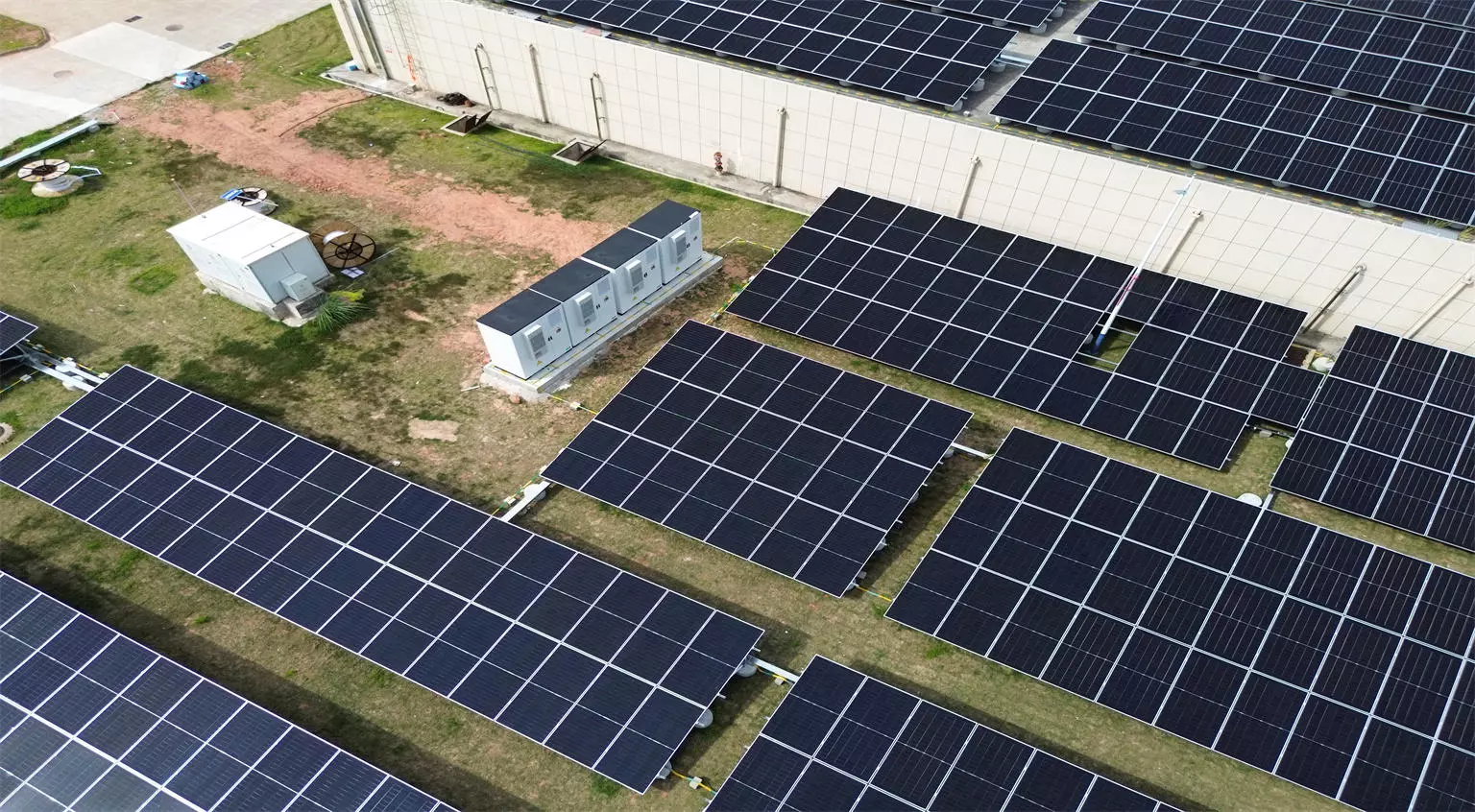
4. Service and Lifecycle Considerations
The long-term cost of hybrid power systems is not only defined by hardware. Operators should assess:
- Monitoring platforms with real-time diagnostics.
- Local support networks to minimize downtime.
- Warranty terms (up to 10 years for batteries and inverters).
- Deployment speed, with containerized systems reducing installation timelines by 50%.
5. Market Trends and Outlook
- Declining Equipment Prices: Solar PV module costs fell 28% between 2020 and 2024 (IEA, 2024).
- Government Incentives: Telecom green energy subsidies in India, Nigeria, and Indonesia lower upfront CAPEX.
- Shorter Payback Periods: From 6–8 years in 2018 to 3–5 years today, depending on diesel costs.
- Future Integration: AI-based energy management is expected to improve battery life and fuel efficiency further.
6. Case Study: Rural Nigeria, 2024
In 2024, a Nigerian operator deployed distributed hybrid power solutions across 50 rural BTS sites:
Configuration: 60% solar, 30% battery, 10% diesel backup.
Results:
- Fuel use cut by 65%.
- Annual savings of approx. $1.5 million.
- Network uptime improved from 85% to 99%.
This demonstrates the financial and operational benefits of hybrid deployment in emerging markets.
7. Conclusion
Hybrid power systems are no longer experimental. For telecom operators, the key advantages are clear:
- Lower operating expenditure.
- Greater reliability in off-grid and disaster-prone regions.
- Substantial emission reductions.
- Flexible deployment with modular, containerized designs.
For further information on scalable energy storage systems, see Highjoule’s product portfolio.
FAQ
- Q1: How much does an off-grid BTS hybrid system cost?
- Typically $20,000–$60,000 per site, depending on configuration and location.
- Q2: What are the savings compared to diesel-only sites?
- Up to 40% lower OPEX through reduced fuel and maintenance.
- Q3: What battery technology is preferred?
- LFP batteries dominate due to long lifecycle and stable performance.
- Q4: What is the average payback period?
- 3–5 years, influenced by diesel costs and solar resources.
- Q5: Can containerized solutions be deployed in remote areas?
- Yes, they are specifically designed for transportability and rapid installation.
References
- GSMA (2024). Mobile Energy Efficiency in Developing Markets.
- Deloitte (2024). Telecom Energy Cost Analysis.
- IEA (2024). Renewables Market Update.
Find Your Solar + Battery Storage Specialist Now!
* Fill out this form and our experts will help you find the perfect solar storage solution for your home or business.


